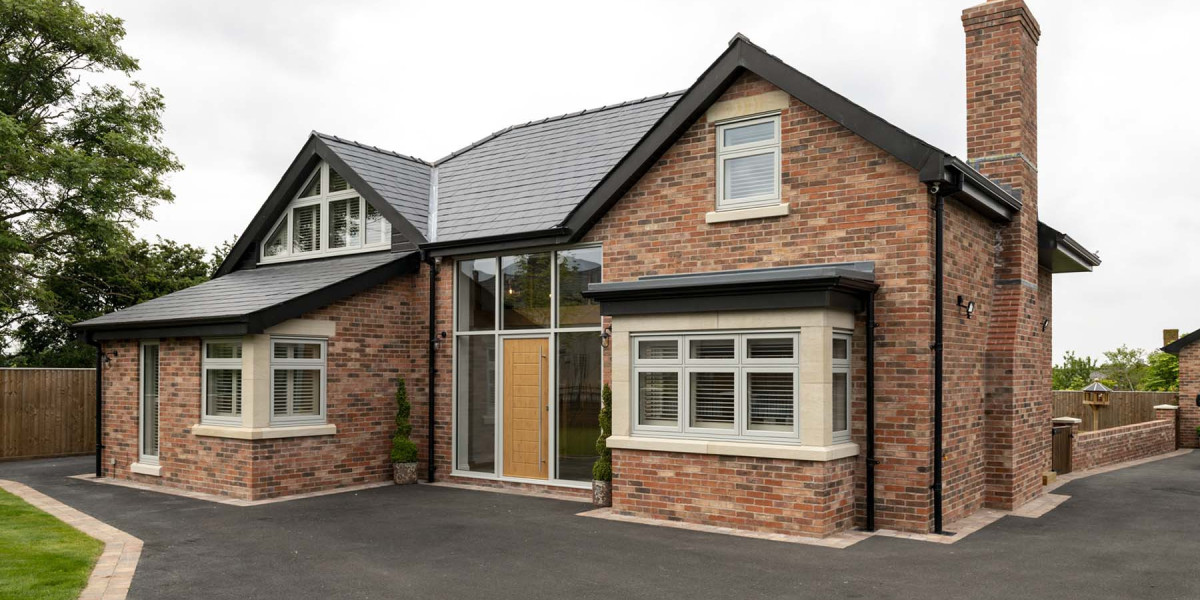When shopping for a rug, most homeowners are surprised to see how drastically prices can vary, even for pieces that seem similar at first glance. You might be looking at two 8x10 rugs in similar colors and patterns, yet one is $250 and the other is $2,000. What gives? The truth is that rug pricing is a complex equation, involving craftsmanship, materials, origin, and a host of other subtle features that are often not obvious to the average shopper. Some of these features genuinely improve the rug’s value, durability, or beauty — while others may inflate the price without offering real long-term benefits.
If you're trying to make sense of what really drives rug prices and whether those features are worth your investment, this guide is for you. Especially for shoppers trying to navigate the broad spectrum of Rugs price in United States, understanding what adds value — and what doesn’t — can help you make a smarter, more satisfying purchase.
1. Material Quality
Material is one of the biggest factors influencing rug cost. Natural materials like wool, silk, and cotton are typically more expensive than synthetic fibers such as polypropylene, nylon, or polyester. Wool rugs, in particular, are prized for their resilience, softness, and longevity. Silk, though luxurious and visually stunning, is delicate and best used in low-traffic areas. Synthetic rugs are more affordable and easier to clean but usually have a shorter lifespan.
Worth it?
Yes — especially if you’re buying for a high-traffic area or want a long-lasting piece. Wool offers excellent value for its durability and feel.
2. Hand-Knotted vs Machine-Made Construction
Hand-knotted rugs can take months to complete and are considered the gold standard in craftsmanship. Each knot is tied by hand, creating a denser, more detailed finish that can last generations. Machine-made rugs, while much cheaper, are created quickly using automated looms, which means they tend to have less intricate patterns and wear down more quickly.
Worth it?
If you’re looking for a family heirloom or something that will last 20+ years, hand-knotted is worth the investment. For renters or short-term use, machine-made may suffice.
3. Country of Origin
The country where a rug is made significantly affects its price. Persian (Iranian), Turkish, Moroccan, and Indian rugs, especially hand-knotted or handwoven, are renowned for their artistry and historical legacy. These regions often have generations of artisans preserving traditional rug-making techniques, which add to both the quality and the cost.
Worth it?
Yes, if you're purchasing for both decorative and investment purposes. These rugs tend to appreciate over time and carry a timeless aesthetic.
4. Knot Density (KPSI)
Knot density, measured in knots per square inch (KPSI), determines how detailed the rug’s pattern can be and how durable it will be under foot traffic. Higher KPSI rugs are more expensive because they require more time and skill to produce. A fine silk rug with a high knot density can easily cost several thousand dollars.
Worth it?
Yes, if intricate pattern detail or exceptional durability is a priority for you. For casual décor, a lower KPSI may still deliver good performance.
5. Dye Type: Natural vs Synthetic
Natural vegetable dyes take more time and expertise to apply than synthetic dyes and tend to age beautifully over time, often developing a soft patina that adds to the rug’s charm. Rugs dyed with natural methods are considered more eco-friendly and historically authentic, but they are also pricier.
Worth it?
Yes — for eco-conscious shoppers and collectors who appreciate subtle, lasting color changes. Otherwise, well-executed synthetic dyes can be a cost-effective alternative.
6. Design Complexity
The more complex and detailed a rug’s pattern, the more time and effort it takes to produce — especially for hand-knotted rugs. Intricate floral, tribal, or geometric motifs require planning and meticulous execution. Simpler, modern designs or solid colors take far less effort and are priced accordingly.
Worth it?
Only if the complexity truly enhances your space. Don’t pay extra for a busy pattern if your décor benefits more from a minimalist or solid-color rug.
7. Rug Size
Naturally, the larger the rug, the more material and labor are required to make it. However, the price does not increase linearly with size. An 8x10 rug might cost double what a 5x8 version does, and oversized rugs (such as 10x14 or larger) can carry premium prices due to shipping logistics, material waste, and rarity.
Worth it?
Absolutely. A rug that’s too small can make a space look disjointed. Invest in the correct size even if it costs more — the visual payoff is huge.
8. Limited Editions and Designer Collaborations
Many brands release limited-edition rugs or collaborate with well-known designers or artists. These often feature exclusive patterns, premium materials, and are only available for a short time. Naturally, they come with a hefty markup.
Worth it?
Only if you value uniqueness or are a fan of the designer. Otherwise, you may find equally stylish rugs at a lower price without the branded label.
9. Backing and Finishing Techniques
What you don’t see matters too. The type of backing used (cotton, jute, latex) and the quality of the edge finishing or serging affect the rug’s durability. A poorly finished rug may unravel, warp, or bunch over time.
Worth it?
Yes. A well-backed, tightly finished rug will maintain its shape and resist wear, especially in high-traffic zones.
10. Brand Reputation
Well-known brands often charge more for their rugs based on name recognition and perceived quality. While many do uphold high standards, others simply capitalize on their branding to add an extra 20-50% markup on similar quality products.
Worth it?
Sometimes. Look for transparency about materials, construction, and origin. A brand with real craftsmanship and customer reviews to back it up can justify the price.
FAQs
Q: Why are rugs from local retailers more expensive than online?
A: Local stores have higher overhead costs — rent, staff, showroom upkeep — which are built into the price. Online sellers often have leaner operations and can offer more competitive pricing.
Q: Can a high-priced rug be a good investment?
A: Yes. Hand-knotted or antique rugs, especially those made in rug-producing regions, can increase in value and last for decades with proper care.
Q: Is it okay to choose a less expensive synthetic rug?
A: Absolutely. If you're on a budget or need something temporary or kid/pet-friendly, synthetic rugs are practical and stylish in many cases.
Q: Are the higher prices for designer rugs really justified?
A: Sometimes, yes — if the design is exclusive and quality is exceptional. But often, you’re paying for the name. Consider whether the look and longevity are worth the premium.
Q: What’s the best way to compare rug prices across features?
A: Start by identifying material, size, origin, and construction type. Then compare rugs with similar specs across multiple retailers. This gives a better apples-to-apples comparison for true value.
Rugs prices in United States
Understanding the Rugs prices in United States can help you establish a realistic budget and compare what features are worth stretching for. Prices vary dramatically depending on where you shop, what features you prioritize, and how much markup you’re willing to pay for branding or convenience. Whether you're buying a small accent rug or a statement piece for your living room, knowing what drives price helps you filter out the noise and find real value.
Conclusion
Rug shopping doesn’t have to feel like a mystery. When you know which features add real value — like high-quality materials, hand-knotting, ethical sourcing, and proper finishing — you can confidently invest in a rug that enhances your home for years. Meanwhile, you can skip over inflated prices for designer labels or needlessly complex patterns that don’t serve your space. For quality rugs with fair pricing and features that truly matter, My Signature Home Furniture is one of the best places for the lowest Rugs prices in United States. Whether you need a handcrafted heirloom or a stylish rug for everyday living, they offer options that meet your design goals without breaking your budget.








